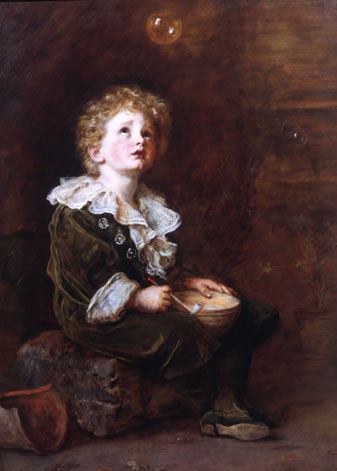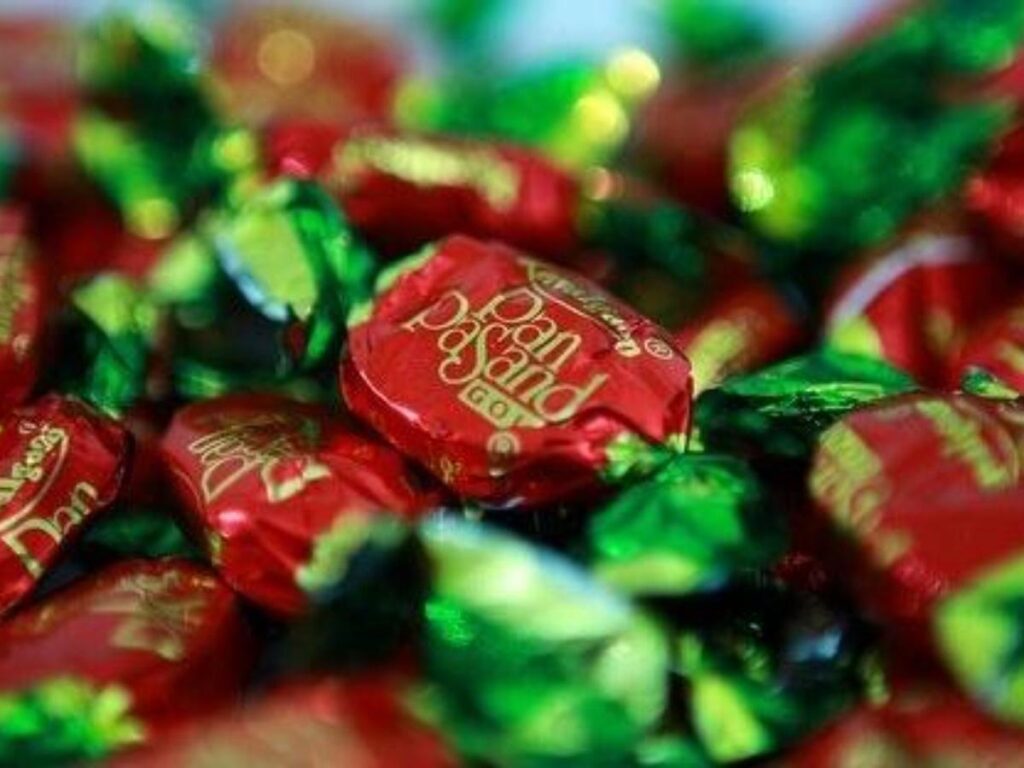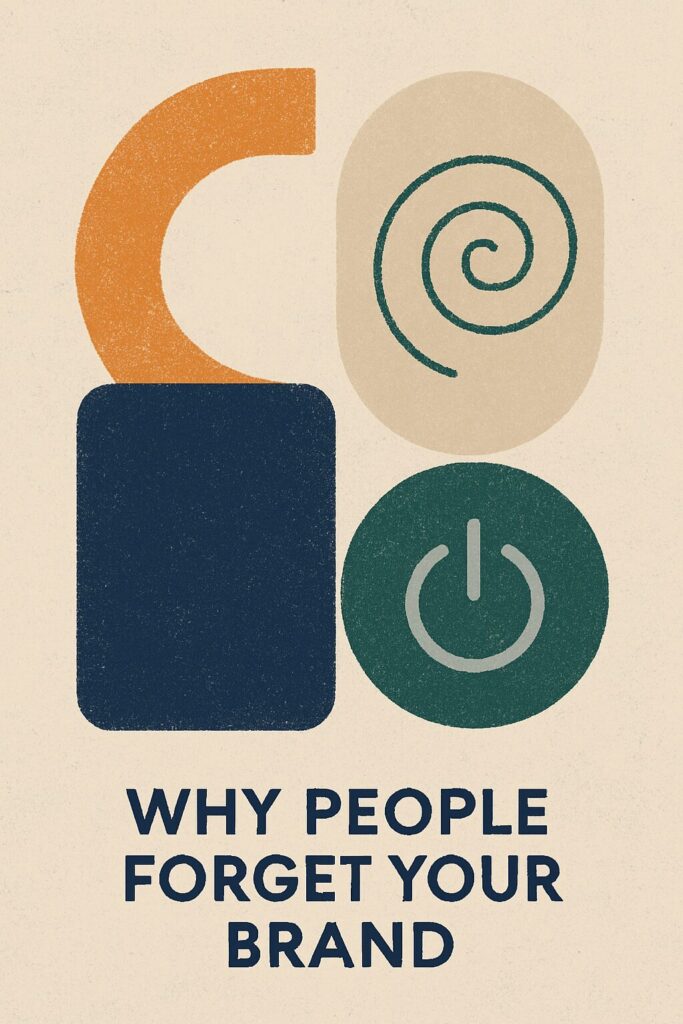Iconic Ads: Pears – Bubbles

Barratt brought high culture into commercialism with this iconic advertisement of Bubbles for Pears much to chagrin of the purists
Thomas James Barratt is referred to as “the Father of Modern Advertising”
He had claimed that “any fool can make soap.” ‘It takes a clever man to sell it.’ When it came to making Pears’ soap famous, he was a brilliant man to boot.
In 1841, he was born in St Pancras, the son of a piano-maker and his wife. Even as a child, he was said to have carved the words “Tom Barratt – trader” into a Hampstead Heath tree.
After leaving his private school at the age of fifteen, he worked as an accountant at the Great Russell Street business of soap-makers A. & F. Pears until 1864, when he became a clerk. When he married Francis Pears’ eldest daughter, Mary, in 1865, he quickly advanced through the ranks of the company as a commercial traveller. When Francis’s son Andrew turned 19 that year, he became a co-owner of the firm alongside him.
Until long into the twentieth century, toilet soap was exclusively used by the wealthy; the rest used domestic soap if they could afford it. However, as the population grew and trade flourished, so did the need for a higher-quality product. Bathing became a more common occurrence in middle-class homes, which had previously had to be done by servants in the owners’ bedrooms or dressing rooms with water brought from the kitchen.
Barratt was eager to get a piece of this rapidly expanding pie. He argued that stores would stock Pears’ soap if customers could be persuaded to ask for it. A more problematic aspect of his plan was to use advertising to induce people to ask for the goods.
Businesses at the time thought advertising was reserved for entertainers and those who sold patent medicines. More than just making a simple announcement about their products was seen as a sign that the company’s products were not selling themselves. Ads could also draw unwanted attention to the trading activities of business owners, which were once despised.
Thomas J. Barratt has a position in advertising history as the first person to bring high culture into commercialism
Barratt began the Pears’ Pictures for People programme in 1892 with the release of the shilling-priced Pears’ Christmas Annual, which featured between two and four high-quality colour reproductions of paintings selected or commissioned by Barratt. Over 100 prints were printed in the 38-year-old annual, which generally sold out in a fortnight.
Sir William Ingram had purchased the artwork and its copyright, and he published it in his Illustrated London News, where it was viewed by Barratt, who purchased the piece. To make a poster out of the image, Barratt paid Ingram £2,200 and had it replicated with a bar of soap and an accompanying caption:
One morning, Barratt went to Millais’ house to present him the results. The painter was first enraged but realised he had little recourse because, as he subsequently pointed out to the novelist Marie Corelli, Barratt had purchased the copyright as well. “I look upon all Pears posters as gross libels both of your work and you.” she had previously declared.
Millias eventually relented and became interested in the finesse with which the reproduction processes were performed. The artwork was dubbed ‘Bubbles,’ as was the subject, who grew up to become Admiral Sir William Milbourne James GCB.





